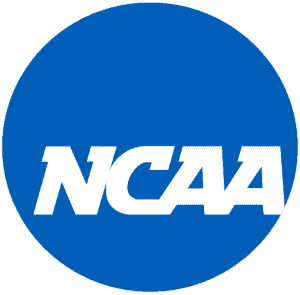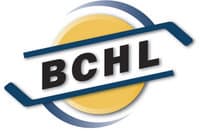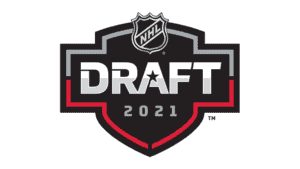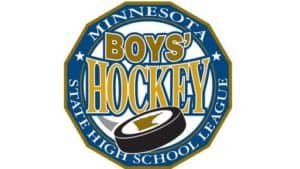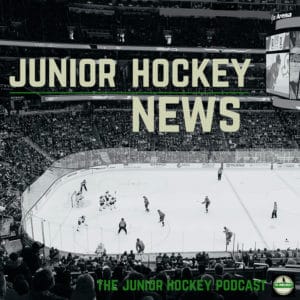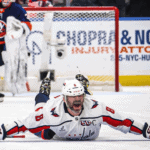College hockey serves as a crucial stepping stone for talented players aspiring to make it to the NHL. It offers a unique combination of competitive play, academic development, and structured training. In this article, we explore how college hockey impacts NHL prospects, highlighting success stories and addressing the challenges players face along the way.
Developmental Benefits of College Hockey
Academic Balance:
One of the significant advantages of college hockey is the opportunity for players to balance their athletic pursuits with academics. Pursuing higher education alongside their on-ice development fosters well-rounded growth.
Competitive Environment:
College hockey programs also provide a highly competitive environment where players face top-tier opponents, constantly challenging themselves to elevate their game. The level of competition helps them hone key skills, preparing them for the intensity of professional hockey.
Coaching and Training:
The coaching and training resources available in college hockey programs, including experienced coaches and state-of-the-art facilities, contribute to players’ skill refinement and overall development.
Success Stories: NHL Players with College Hockey Backgrounds
The Eichel Effect:
Jack Eichel, who played for Boston University before transitioning to the NHL, became a star player for the Buffalo Sabres. Eichel’s college experience played a significant role in his preparedness for the demands of professional hockey.
The Makar Phenomenon:
Cale Makar emerged from the University of Massachusetts and made an immediate impact in the NHL with the Colorado Avalanche. Makar’s college tenure accelerated his development and demonstrated the benefits of college hockey.
The Kreider Effect:
Chris Kreider, an alumnus of Boston College, utilized his college experience to become a valuable asset for the New York Rangers, showcasing the impact of college hockey on player development.
Challenges Faced by College Hockey Prospects
Limited Playing Schedule:
The shorter season in college hockey may restrict playing time for prospects, which can affect their ability to adapt to the faster pace and increased physicality of the NHL.
Age and Development Factors:
College hockey players often enter the NHL at a slightly older age, which may impact their developmental trajectory compared to younger prospects. While some players benefit from extra years of physical and mental maturity, others may need to adjust to the professional game.
Balancing Education and Hockey:
Juggling academic commitments with the demands of a hockey career can be demanding. Effective time management and discipline are essential in striking a balance.
Navigating the Path: Strategies for Success
Choosing the Right College Program:
Considering factors such as coaching staff, playing time opportunities, and the institution’s track record of NHL player development is crucial in choosing the right college program.
Maximizing Development Opportunities:
Players should actively engage in training programs, seek feedback from coaches, and compete against top-level competition to make the most of their college experience.
Seeking Guidance:
Seeking guidance from experienced agents, advisors, and mentors who understand the intricacies of the college-to-NHL transition can provide valuable insights and support throughout the journey.
College hockey plays a vital role in the development of NHL prospects, offering a unique blend of athletic and academic growth. Success stories like Jack Eichel, Cale Makar, and Chris Kreider highlight the impact of college hockey on NHL careers. While challenges exist, understanding these dynamics and employing effective strategies can help prospects navigate the path to NHL success, ensuring they make the most of their college hockey experience.

